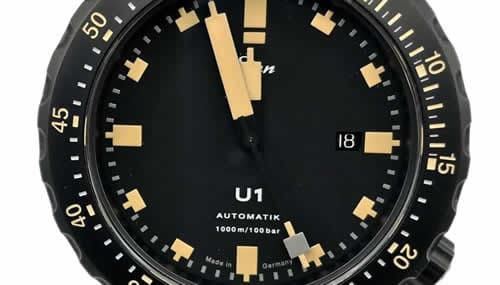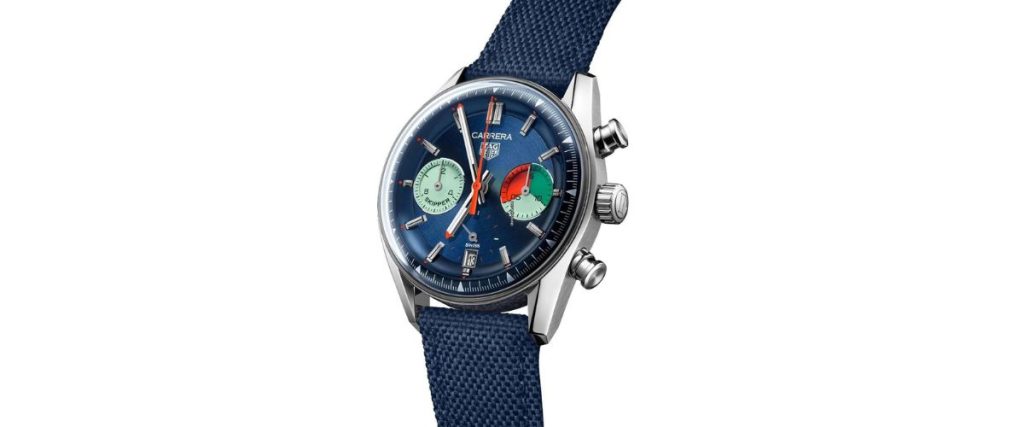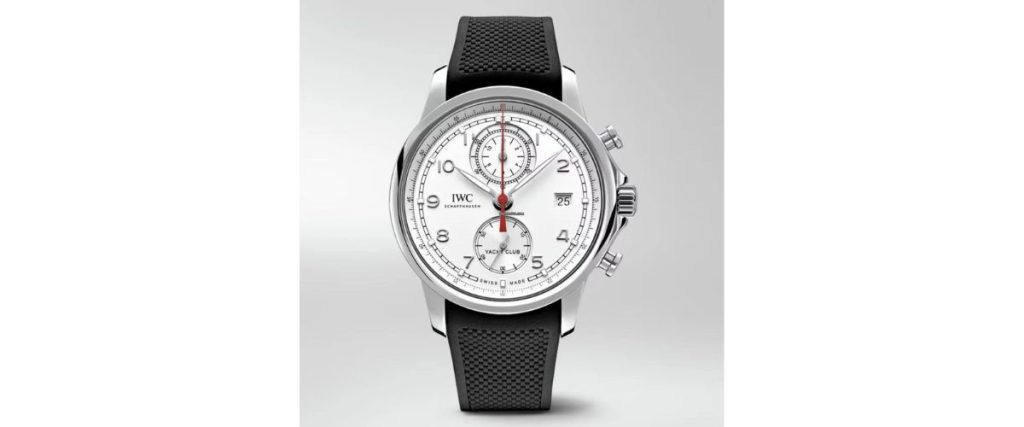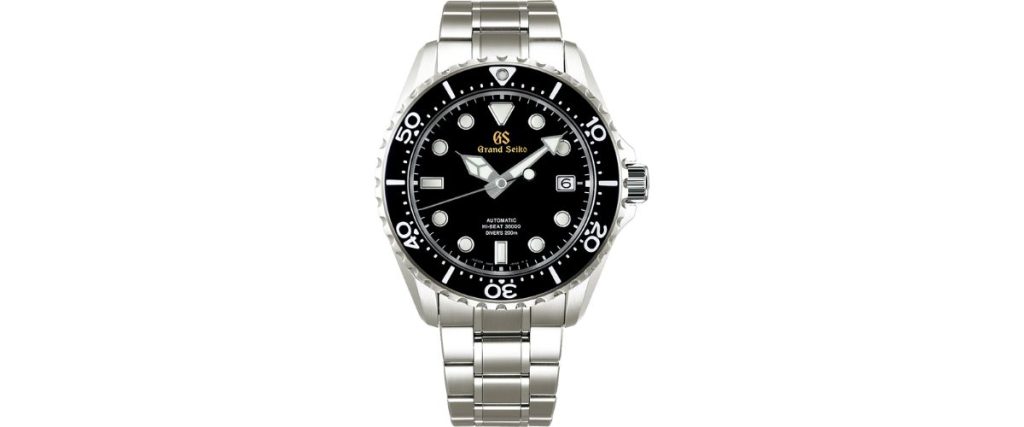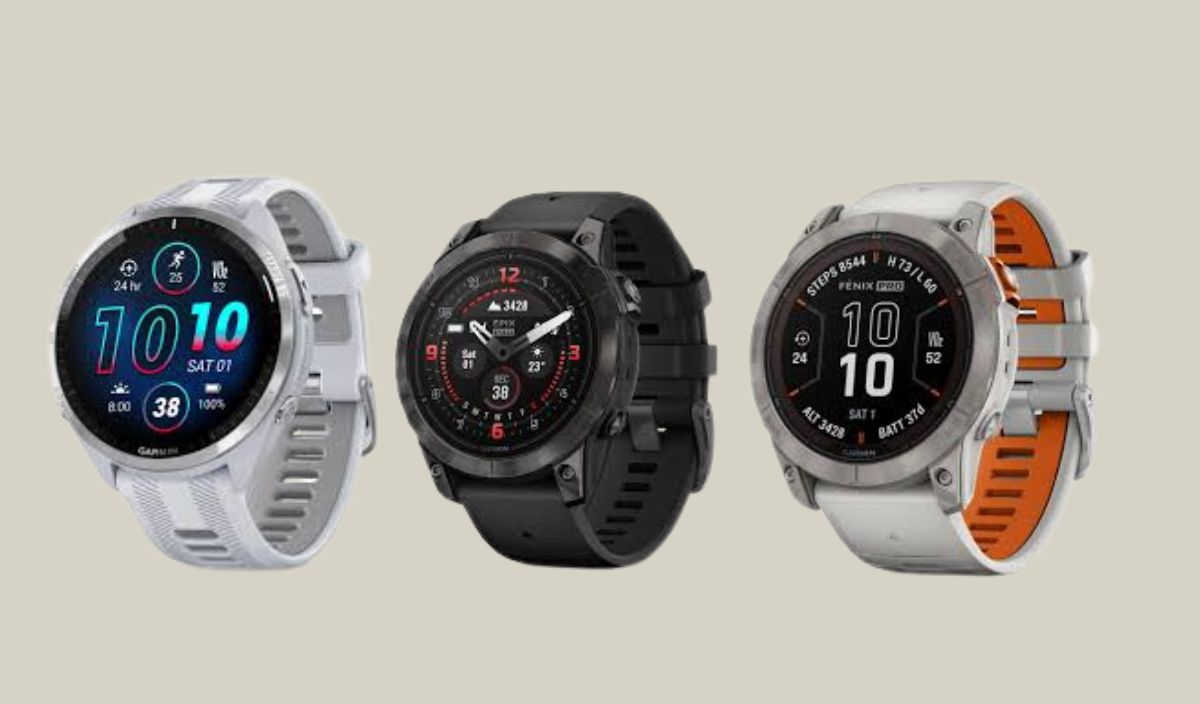
If you’re in the market for a smartwatch that can seamlessly integrate into your fitness journey, adventurous escapades, or everyday lifestyle, Garmin remains a powerhouse brand in 2025.
Known for precision, durability, and innovation, Garmin watches are more than just tech wearables, they’re tools designed to elevate your performance and keep you connected. Whether you’re training for a triathlon, climbing a mountain, or tracking your sleep, there’s a Garmin watch made just for you.
In this guide, we’ll walk you through the 12 best Garmin watches available in 2025. These models span a range of prices and functionalities, ensuring there’s something for every kind of user.
From sleek AMOLED displays to rugged tactical designs, the list below combines premium performance, user-centric features, and long battery life. Let’s help you find your perfect Garmin match.
How to Choose the Right Garmin Watch for You
Choosing the right Garmin watch largely depends on your lifestyle, fitness goals, and budget. Garmin’s diverse lineup is segmented into series such as Forerunner for runners, Fenix for outdoor and adventure enthusiasts, Venu for wellness and style, and Instinct for those who need a rugged build.
If you’re a runner or triathlete, the Forerunner series offers advanced metrics, training readiness insights, and coaching features. Hikers, skiers, and mountain bikers might lean toward the Fenix or Epix series for topographic maps and solar charging.
For daily health tracking with a more stylish design, the Venu and Lily series offer vibrant AMOLED displays and wellness metrics like Body Battery and stress tracking.
Understanding your primary use case be it training, exploration, or general lifestyle tracking helps narrow down your options. Also consider comfort, battery life, and the type of display you prefer. Garmin ensures that no matter your choice, you’ll have one of the best performance wearables on your wrist.
Best Garmin Watches
Garmin continues to lead the smartwatch and GPS wearable game in 2025 with watches that combine rugged design, top tier health tracking, and unmatched accuracy.
Whether you’re running marathons, climbing peaks, diving into multisport events, or simply trying to stay on top of your daily wellness, Garmin has a watch built precisely for that purpose.
From solar-charged beasts made for the backcountry to sleek AMOLED fitness companions, their lineup this year covers just about every lifestyle and adventure level.
What’s more, Garmin doesn’t just track steps, it gives you real time stamina, training readiness, recovery insights, sleep analytics, and safety features designed to keep you going farther and smarter.
Below, we’ve rounded up the 12 best Garmin watches of 2025 to help you find the perfect fit whether you’re a weekend warrior or an elite athlete.
Garmin Forerunner 965

Built for serious athletes, the Forerunner 965 delivers deep training insights and rock-solid GPS accuracy.
You get a gorgeous AMOLED display, lightweight titanium bezel, and smart features that track everything from VO2 max to HRV and training readiness. Battery life is no slouch either, with up to 23 days in smartwatch mode or 31 hours with GPS.
If you’re prepping for your next marathon or just love having data at your fingertips, this is the premium pick.
The Garmin Forerunner 965 is a top tier multisport watch designed for serious athletes who want advanced training insights and reliable performance. It features a vibrant 1.4 inch AMOLED touchscreen, encased in a lightweight titanium bezel for durability and comfort.
This watch tracks key metrics like VO2 max, HRV status, and training readiness, helping you optimize workouts and recovery. Price range at MSRP – $599
Garmin Fenix 7X Pro

This beast is built like a tank and ready for anything. The Fenix 7X Pro meets military-grade durability standards and comes loaded with topographic maps, multi-band GPS, solar charging, and even an integrated flashlight. It’s perfect for outdoor adventurers who need gear that won’t quit.
With battery life that can stretch to 37 days and enough features to make your smartphone jealous, the Fenix 7X Pro is the go-to for pushing limits.
It offers topographic maps, multi-band GPS for enhanced location accuracy, a pulse oximeter, and an integrated LED flashlight for nighttime use.
This model is tailored for those who push limits in extreme conditions and need a reliable companion. The Fenix 7X Pro typically retails for about MSRP: $899, reflecting its premium build and comprehensive feature set.
Garmin Epix Pro (Gen 2)

The Epix Pro blends luxury and utility in a way few watches can. You get a stunning AMOLED screen protected by sapphire glass, plus all the outdoor features you could want. There’s full-color mapping, heart rate and stress tracking, and advanced navigation tools.
Even with that bright display, battery life hits up to 16 days. It’s an everyday watch with serious outdoor chops.
The watch supports full color mapping and offers detailed navigation features for outdoor adventures. Despite the vibrant display, battery life remains strong, lasting up to 16 days in smartwatch mode.
The Epix Pro carries a price tag of around MSRP: $999, placing it among Garmin’s top premium smartwatches for those who value both form and function.
Garmin Venu 3

Want a smartwatch that actually looks like a watch? The Venu 3 is sleek and stylish, with wellness tracking built in.
It handles sleep coaching, nap detection, Body Battery, and stress monitoring while doubling as a Bluetooth calling device with music support.
It’s perfect for casual users who still want deep health insights, wrapped in a wearable that doesn’t scream “fitness nerd.”
The battery lasts up to 14 days, enough to keep up with busy lifestyles without frequent charging. Its lightweight and attractive design appeals to casual athletes and wellness seekers who want a comprehensive health tracker with smartwatch conveniences. The Venu 3 is priced at approximately MSRP: $449.
Garmin Instinct 2X Solar

If you treat rough terrain like a playground, the Instinct 2X Solar is your kind of watch. This model is rugged, solar-powered, and practically indestructible. It’s got multi-band GPS, ABC sensors, and a built-in flashlight for nighttime treks.
And thanks to solar charging, the battery life can stretch nearly forever if you’re outdoors enough. It’s your go-to for no-nonsense adventure.
Equipped with multi-band GPS and ABC sensors (altimeter, barometer, compass), it’s ideal for hiking, camping, and exploring off the grid. The watch also includes a built-in LED flashlight for added safety in low-light situations.
Designed for dependability and endurance, the Instinct 2X Solar retails at around MSRP: $449, delivering strong value for outdoor adventurers.
Garmin Enduro 2

Endurance athletes, this one’s for you. The Enduro 2 is designed to last, with a ridiculous battery life of up to 46 days in smartwatch mode and 150 hours with GPS. It features solar charging, trail maps, and top-tier performance tracking.
With a lightweight titanium frame and Power Sapphire lens, it’s made for ultra runs, big climbs, and brutal races.
The watch offers multi-band GNSS for precise location tracking and maps optimized for trail running and hiking.
Additional tools like heat and altitude acclimation, stamina tracking, and advanced performance metrics make it an essential companion for long-distance athletes. The Enduro 2 is priced at approximately MSRP: $1,099, reflecting its specialty status.
Garmin Forerunner 265

The Forerunner 265 brings the essentials of a high-end running watch at a more reasonable price. Bright AMOLED screen? Check. Garmin Coach training plans? Got it. Heart rate, sleep, and GPS? All here.
It’s light, smart, and great for intermediate runners who want solid performance without breaking the bank.
It delivers reliable GPS tracking and continuous heart rate monitoring, along with sleep and recovery insights. Battery life reaches up to 13 days in smartwatch mode, making it dependable for daily use.
Lightweight and designed for intermediate athletes, the Forerunner 265 retails at MSRP: $449, providing great value without sacrificing essential functionality.
Garmin Venu Sq 2

The Venu Sq 2 is a budget-friendly way to get into the Garmin ecosystem. You still get an AMOLED display, sleep and stress tracking, built-in GPS, and long battery life.
No, it’s not a data monster like the Fenix, but it covers all the basics beautifully. Great for casual fitness fans and everyday wearers.
Though it lacks some of the advanced sports analytics of higher end models, it still supports guided workouts and wellness features like Body Battery energy monitoring.
With a battery life of up to 11 days in smartwatch mode, it’s suitable for users who want dependable health monitoring and smartphone connectivity on a budget. The Venu Sq 2 MSRP: $249, making it an accessible option for everyday wellness.
Garmin Lily 2

Compact and classy, the Lily 2 is perfect for anyone who wants a smaller watch without sacrificing wellness features. You get Body Battery, sleep tracking, heart rate monitoring, and women’s health tracking in a stylish frame.
It lasts up to 5 days and looks great doing it. Ideal for health-focused users who want their smartwatch to blend in.
Available in various color and strap combinations, it suits users who value fashion as much as functionality. The Lily 2’s battery lasts up to 5 days, balancing convenience and style. Approximately MSRP: $249, offering a solid choice for those seeking a blend of health tracking and sophistication.
Garmin Approach S70

Golfers, this one’s for you. The Approach S70 comes preloaded with over 42,000 courses and offers shot tracking, a virtual caddie, and slick course maps. Plus, you still get all the fitness basics like heart rate, activity monitoring and sleep monitoring.
It’s a watch that plays both rounds and routines just as well.
The sleek design makes it comfortable to wear on and off the course. With a battery life sufficient for full rounds and daily wear, the Approach S70 combines sport specific features with smartwatch versatility. This model is MSRP: $699, catering to golfers who want detailed on-course data.
Garmin Descent Mk2i

Dive-ready and data-rich, the Descent Mk2i is a serious tool for underwater explorers. It supports multiple dive modes, wireless tank pressure monitoring, and GPS for surface navigation.
Out of the water, it’s packed with all the smartwatch and fitness tracking you’d expect from a flagship Garmin. If you’re into diving and data, this is your unicorn.
Above water, it offers GPS navigation, heart rate monitoring, and advanced training metrics, making it a versatile tool for divers who want full smartwatch capabilities.
The rugged design and waterproof construction provide reliability in harsh environments, while the large, high contrast display ensures readability underwater. With an MSRP: $1,499, it’s a premium device suited for serious divers and multisport athletes alike.
Garmin Tactix 7 Pro

Tactical by name and by nature, the Tactix 7 Pro is built for field use. You get solar charging, night vision compatibility, dual-position GPS formats, and stealth mode. Oh, and a built-in flashlight.
It’s rugged, mission-ready, and easily one of Garmin’s most capable tools for the extreme user.
Other features include multi GNSS support, topographic maps, stamina tracking, and an integrated LED flashlight.
Battery life can last up to 37 days in smartwatch mode, ensuring it stays operational on extended missions. This high end tactical watch retails at approximately MSRP: $1,099, reflecting its specialized capabilities.
Conclusion
Garmin absolutely dominates in 2025 with a wearable for just about everyone. Whether you’re grinding through an ultramarathon or just want to stay on top of your health with a stylish daily driver, there’s a model with your name on it. Pick your vibe, set your goals, and let Garmin handle the rest.



